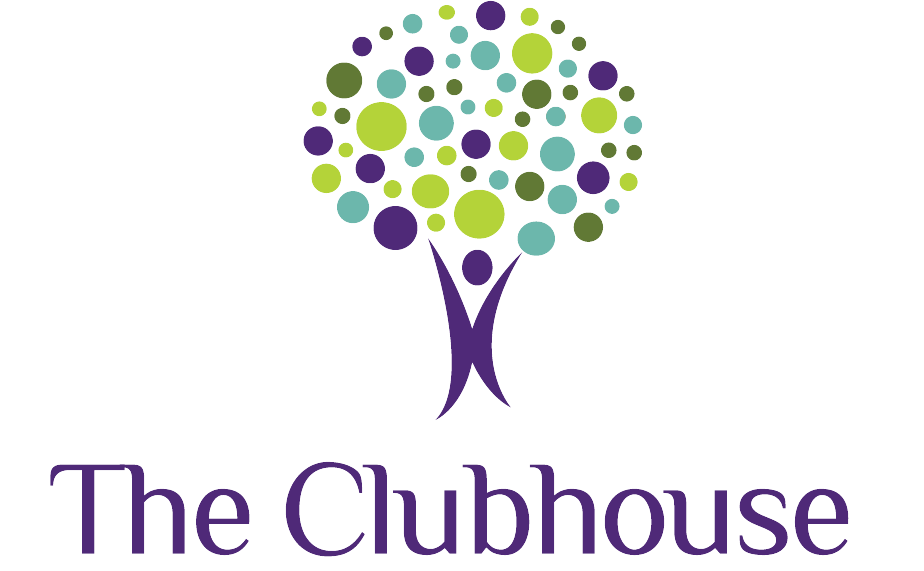5 Easy Tips for Encouraging Language Use in Littles
Whether you’re a parent, a therapist, or both, we’ve all heard of (and dreaded) the terrible twos! While there are many factors that influence this challenging time, a big one is the fact that toddlers have big feelings and opinions that they are still learning how to express. Providing a language-rich environment and following these simple strategies will help make the most of your time with your toddlers and encourage their language development so you can move past those terrible twos as soon as possible!
- Shhhh! Not you or your kids—just the environment! While background noise is going to happen, children learn best when spoken language is significantly louder than background noise. While adults have learned to filter out, or even enjoy, those everyday noises like the dishwasher, TV, or traffic noise, children are not able to do that yet.
When playing with your toddler, try to keep the noise to a minimum. Turn off the TV or radio, play in a room away from the laundry or dishwasher, close your windows if there’s a lot of wind or traffic noise outside, and skip the sound machine until after storytime. This lets your toddler hear everything you’re saying and can be the difference between them hearing or missing something simple like an /s/ at the end of the word “books” and bringing you one book instead of a whole bunch.
- Follow the 3:1 rule. When playing with littles, use three statements for every question you ask them. If you’re playing with a baby doll, use statements like ‘Baby is hungry’, ‘Here’s baby’s hat’, or ‘I love the baby’ rather than asking ‘is the baby hungry?’ or ‘do you love your baby?’ Using statements instead of questions encourages your toddler to listen and respond with more than a single word answer. It also prompts them to use their own comments as well!
- Oops! Kids love seeing adults make mistakes. Put a train upside down on the track, feed the baby a sock instead of a bottle, or put the toy animals on your head instead of in the farm. Even better, pretend this is completely normal when you do it and act confused if your toddler only points. This encourages them to use language to tell you what’s wrong.
- Don’t anticipate! It’s tempting to give your toddler things without waiting for language when you know what they want, but if you’re able to wait them out, this is a great way to encourage them to use language. If your child points at the refrigerator and you label ‘oh, you want juice,’ your child learns to ask for juice that way. If your child points at the refrigerator and you open it and say ‘let’s see what’s inside! I see some juice, I see apples, and there’s some cheese. What do you want?’ it encourages your child to make a direct request.
- Slow down and wait! Toddlers are just learning how to use language. Give them time to think and process. If you ask your child what they want for a snack and they don’t answer, don’t jump to modeling ‘say crackers!’ immediately. Give them some extra time and they might tell you on their own. In this case, silence is not the enemy! Giving your toddler wait time allows them the time to think and puts the expectation out there that they will answer without being given a model.
If after using these strategies, you still find your toddler struggling to use words, you may want to consider having them screened or evaluated by a speech-language pathologist. Contact us for a free screening or to set up an evaluation if you have concerns with your child’s speech or language skills.
Written by Kate Gilliat, M.S., CCC-SLP


